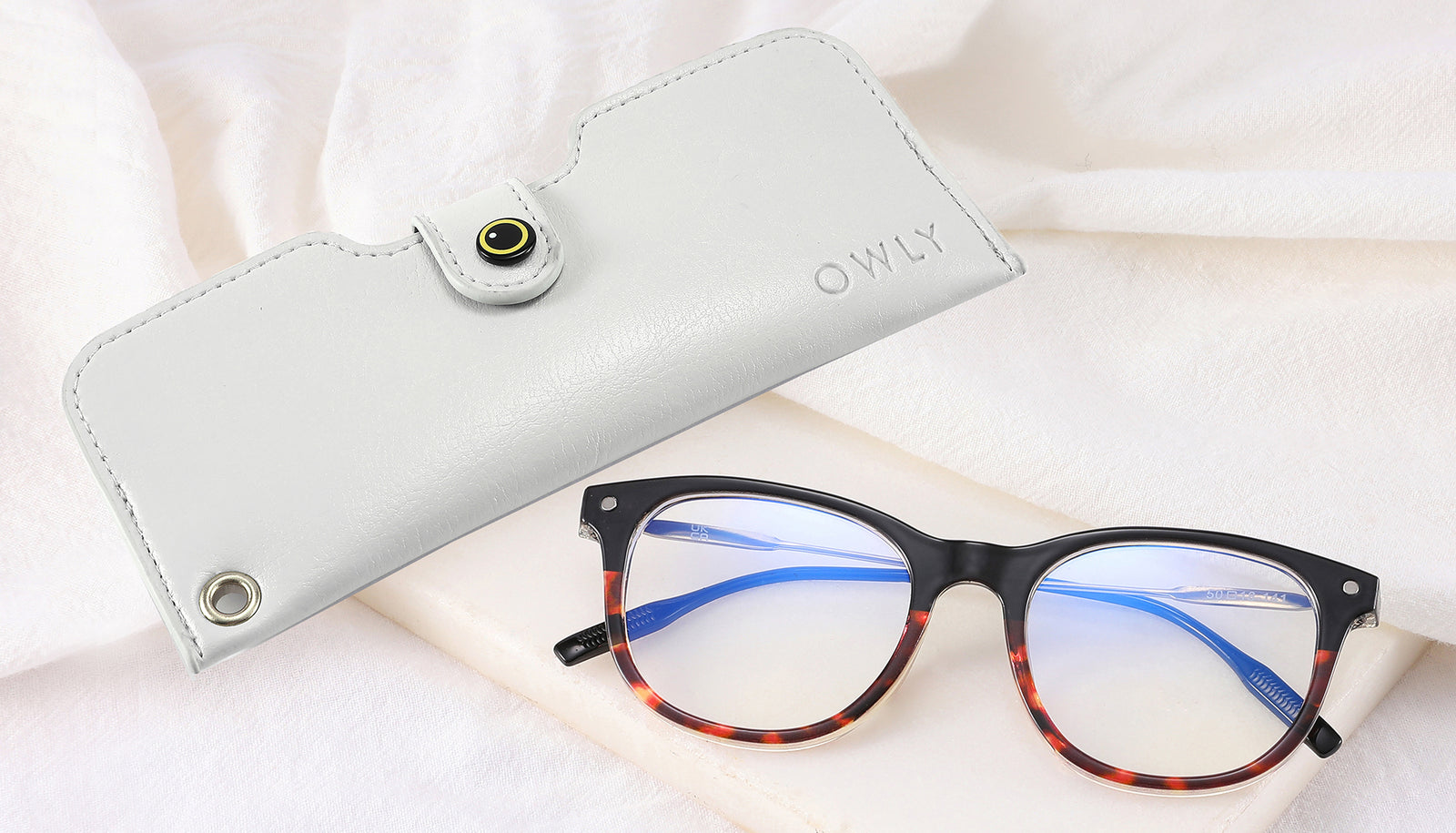FREE Shipping - Fits through your letterbox!
FREE Shipping - Fits through your letterbox!
Add description, images, menus and links to your mega menu
A column with no settings can be used as a spacer
Link to your collections, sales and even external links
Add up to five columns
Add description, images, menus and links to your mega menu
A column with no settings can be used as a spacer
Link to your collections, sales and even external links
Add up to five columns

How do you know if your reading glasses are too strong or too weak?
February 13, 2023 3 min read
Reading glasses are an essential tool for people who experience difficulties with close-up vision. They help to bend light and change the focus point of your eye, bringing close-up objects into better focus. However, it's important to have glasses that are the right strength for your individual needs. If your glasses are too strong or too weak, they can cause eye strain, headaches, and other problems. In this article, we'll explore the signs that your reading glasses may be too strong or too weak and what you can do to address these issues.
Signs that your reading glasses are too strong
-
Eye strain: If you wear glasses that are too strong, your eyes may struggle to focus, leading to eye strain, headaches, and fatigue. You may also experience eye discomfort, redness, and sensitivity to light.
-
Double vision: Wearing glasses that are too strong can also cause double vision. When your eyes are strained, they may struggle to work together, leading to a split image. This can be distracting and disorienting, making it difficult to focus on the task at hand.
-
Headaches: If your glasses are too strong, you may experience headaches, especially when you use them for extended periods.
-
Difficulty focusing: If your glasses are too strong, they can cause your eye to focus too much, making it difficult to see things clearly.
Signs that your reading glasses are too weak
-
Eye strain: If your glasses are too weak, your eyes may have to work harder to focus, leading to eye strain, headaches, and fatigue.
-
Blurred vision: If your glasses are too weak, they may not provide enough correction to bring close-up objects into focus, leading to blurred vision.
-
Difficulty reading: If your glasses are too weak, you may have difficulty reading or performing close-up tasks, even with your glasses on.
-
Headaches: If your glasses are too weak, you may experience headaches, especially when you use them for extended periods.
If you experience any of these symptoms, it's essential to consult with an eye doctor for a comprehensive eye exam. The eye doctor will test your eyesight, examine the health of your eyes, and determine your exact prescription. Based on this information, they will be able to recommend the right strength of reading glasses for your needs.
It's also important to remember that your prescription may change over time, so it's essential to have regular eye exams to keep your glasses up to date. Your eye doctor can also check for other eye conditions, such as cataracts, macular degeneration, and glaucoma, which can affect your eyesight and your need for glasses.
In addition to seeing an eye doctor, there are a few other things you can do to determine if your reading glasses are the right strength for you.
-
Try different strengths: If you're not sure if your glasses are the right strength, try different strengths of reading glasses to see what works best for you. This can help you determine which strength provides the best correction for your needs.
-
Pay attention to your symptoms: Pay attention to your symptoms, such as eye strain, headaches, and difficulty focusing, and make note of any changes when you switch to a different strength of glasses.
-
Ask for feedback: Ask a trusted friend or family member to give you their honest opinion on your glasses and whether they think they are too strong or too weak.
In conclusion, it's important to have reading glasses that are the right strength for your individual needs. If your glasses are too strong or too weak, they can cause eye strain, headaches, and other problems.
Leave a comment
Subscribe
Sign up to get the latest on sales, new releases and more …

